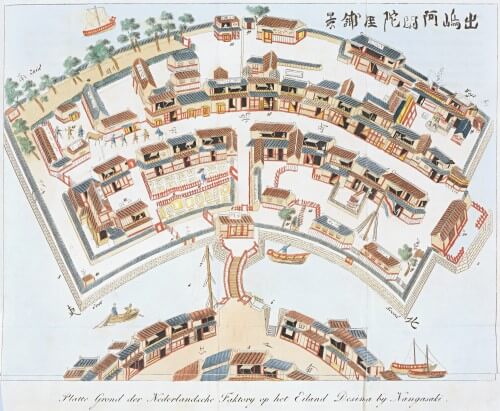For centuries, the Dutch island of Dejima (出島) in Nagasaki was the only way Japan had contact with the Western world. For more than 200 years the Dutch stayed here, confined to an island less than 150 by 150 meters in size. Since 2006, you can visit Dejima (but you can also say Deshima, Decima, Schism, or Desjima) yourself and relive the way of life of that time.
Would you like to know more about the history of the Dutch in Japan? Then read on and find out why a visit to Dejima is definitely worthwhile….
In this Article about Dejima
Useful Websites Nagasaki & Japan
- Accommodation Nagasaki: Agoda, Booking
- Tours & Tickets: GetYourGuide Nagasaki
- Flight Tickets Japan: Jetradar
- Train Tickets: Japan Railway Pass
- Rental Car: Rental Cars
This page about Dejima contains affiliate links. This means that if you make a booking through one of the links on this website, Travel4history receives a small compensation. This is at no extra cost to you!
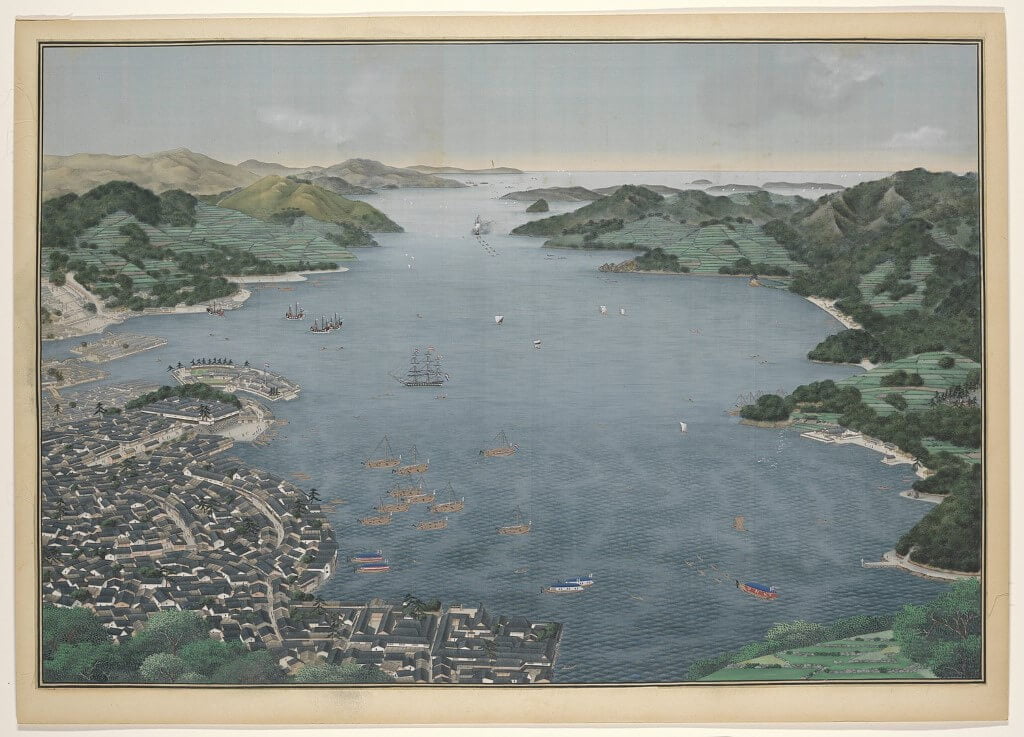
Source: Rijksmuseum, Public Domain
How the Dutch arrived in Japan?
When the Portuguese came ashore in southwestern Japan in 1543, they had two goals. First, they planned to promote trade and accumulate wealth from it. And second, they tried to convert the Japanese people to Christianity. Until 1600 this worked reasonably well until the Dutch discovered Japan and began to compete with the Portuguese.
It was a thorn in the side of the new shogun of Japan, Ieyasu Tokugawa (1543-1616) that the Portuguese were trying to convert and change the country. The shogun, therefore, decided that Japan should isolate itself from the rest of the world. But they needed the help of the Dutch to make that happen. In an uprising by Catholic peasants in 1639 in Shimabara, where the Dutch fought alongside landlord Tokugawa Iemitsu (1604-1651), many Catholic citizens were killed.
When the shogun had won, the Catholic faith was banned and the Portuguese expelled. Only the Dutch were allowed to stay on the condition that they promised not to convert people. That did not matter much to the crazy Dutch. The shogun gave them an island near Nagasaki: Dejima.
Fact: The meaning of Dejima is ‘Island that sticks out’. This was certainly true in the past, but now there seems to be no island…
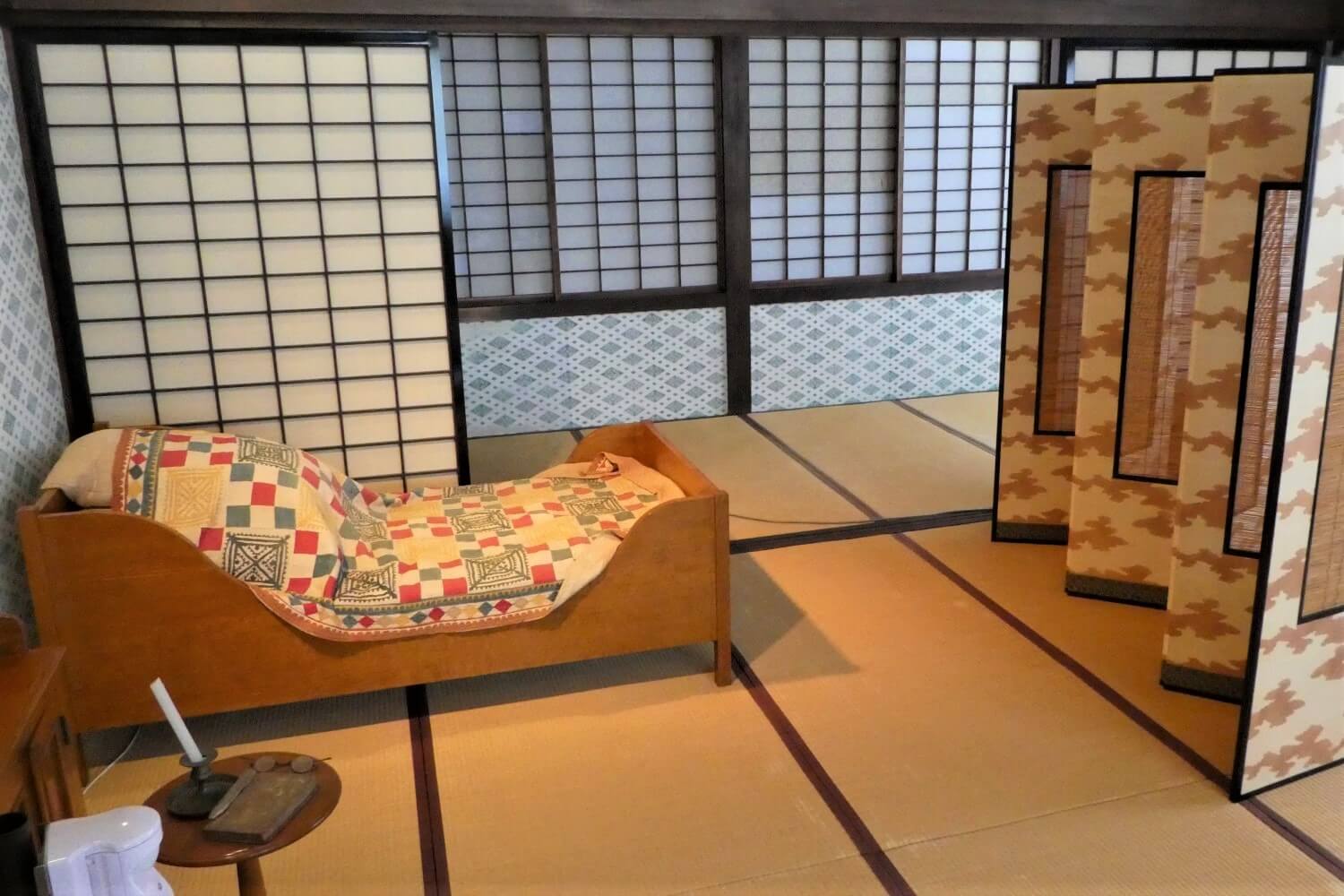
The closed life of the Dutch on a small island
The island of Dejima was under the strict control of Japanese observers until 1853. For example, the Dutch were not allowed to leave the island except during an annual audience with the shogun. Also, contact with the Japanese population had to be kept to a minimum to prevent the spread of Dutch influences. This was not entirely successful. On Dejima alone, for example, 270 Japanese worked in service, as translators, and as suppliers of food and other products.
Because of the small number of Dutch, it was common to have the occasional love affair with a Japanese. But prostitution was also not uncommon at Dejima. The Dutch were forbidden to stay on the island for long periods and they were regularly replaced by new merchants from Batavia (Jakarta).
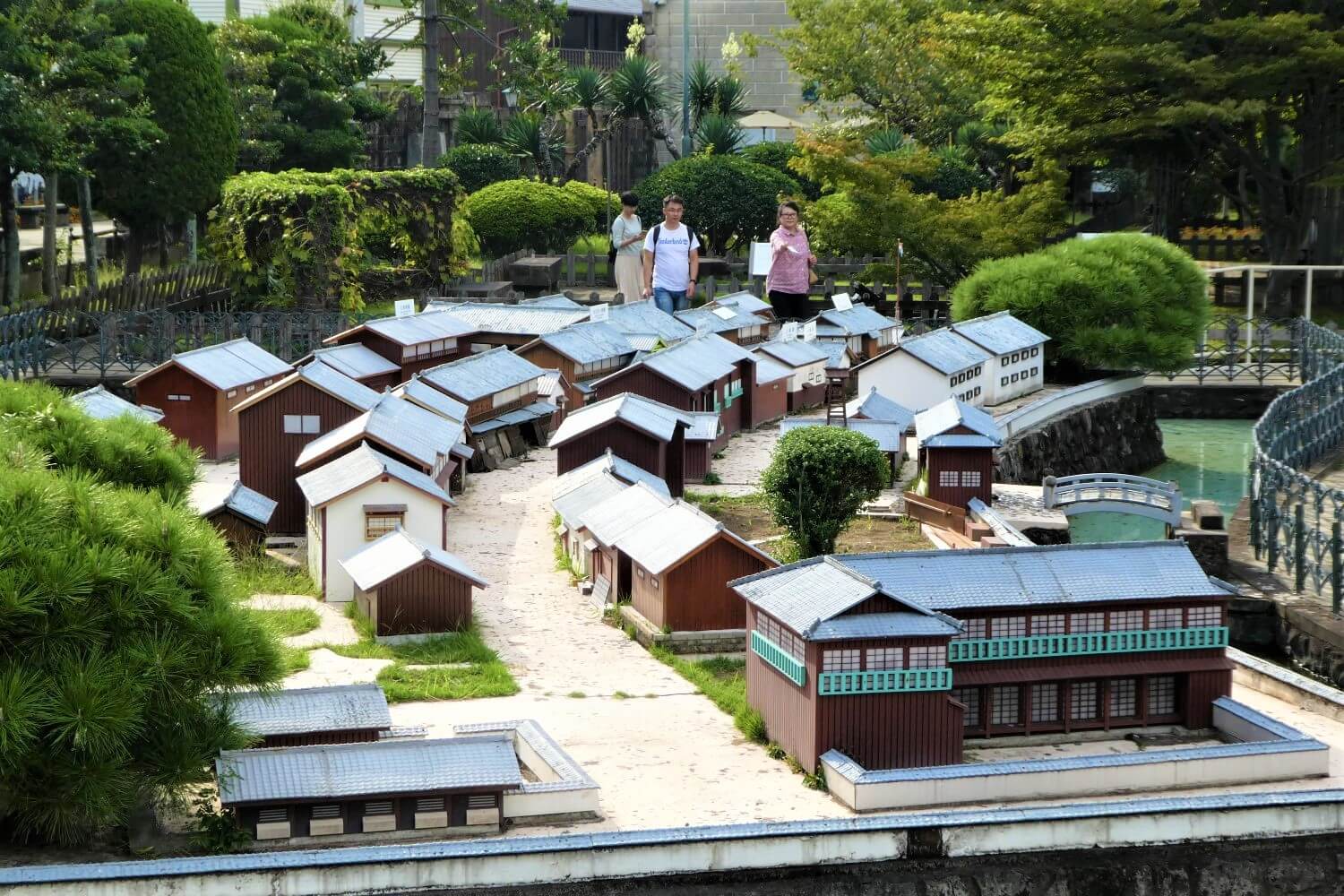
Trade relations with Japan: knowledge, silver and copper
When the Portuguese were driven out around 1640, the Dutch took over the silver-for-silver trade from them. This involved the Netherlands buying silk from the Chinese and trading it back for silver with the Japanese. Then the silver was transported to Batavia a few times a year. Especially in the beginning, this was lucrative. But since the Chinese were also allowed to have a trading post in Japan, they had a better position. The Dutch then switched to copper which was very popular in Asia. This brought the Dutch East India Company (VOC) great profits. But from 1700 onwards trade from Dejima was restricted by the Japanese government and this settlement was no longer profitable.
But perhaps it brought the Japanese more than the Dutch. The VOC merchants handed out many gifts to keep the shogun happy. This aroused the interest of the Japanese, who thus gained scientific knowledge.
Also on Dejima, there was a lot of interest in ‘western’ books. These were translated and in this way, they acquired knowledge of such sciences as astronomy, mathematics, chemistry, geography, warfare, and medicine. Especially in the mid-nineteenth century, when industrialization began in Japan, the country benefited greatly from this.
A visit to Dejima can easily be combined with the nearby Glover Garden. Whereas the Dutch contributed to the development and knowledge of Japan from 1640 to 1860, the Scotsman Thomas B. Glover did so from 1860 to 1900. Read more about this in the article Glover Garden | Visit the beautiful estate of a Scottish Samurai.
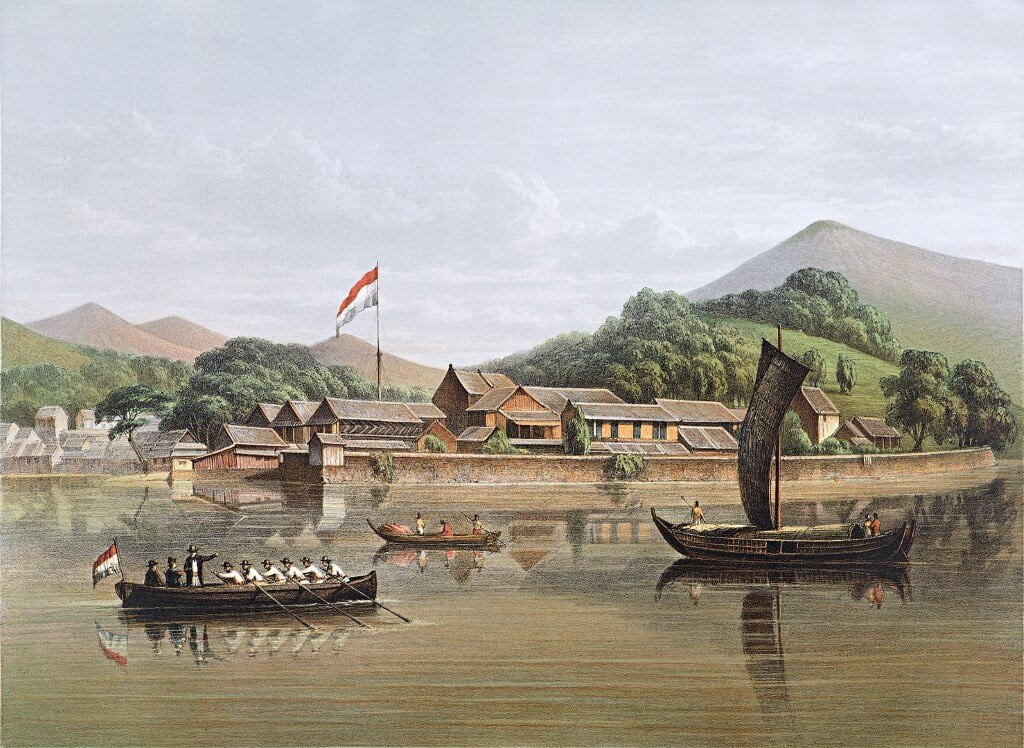
A review of Dejima or Deshima
A visit to the small island of Dejima is (besides this article) a nice way to learn more about the history of the Dutch in Japan. It was opened as a museum in 2006 after a long time of restoration and gives a good idea of the centuries-old trade relations between the two countries. It is a pity that no buildings from that time have survived. But with a little imagination and empathy, you can walk right into eighteenth-century Dejima. It is therefore certainly worthwhile to visit this attraction, even if it is only for an hour.
Looking for more Dutch influences in Japan? Then go to the Huis ten Bosch theme park in the north of Nagasaki. Here you have the feeling to to be in The Netherlands instead of Japan.
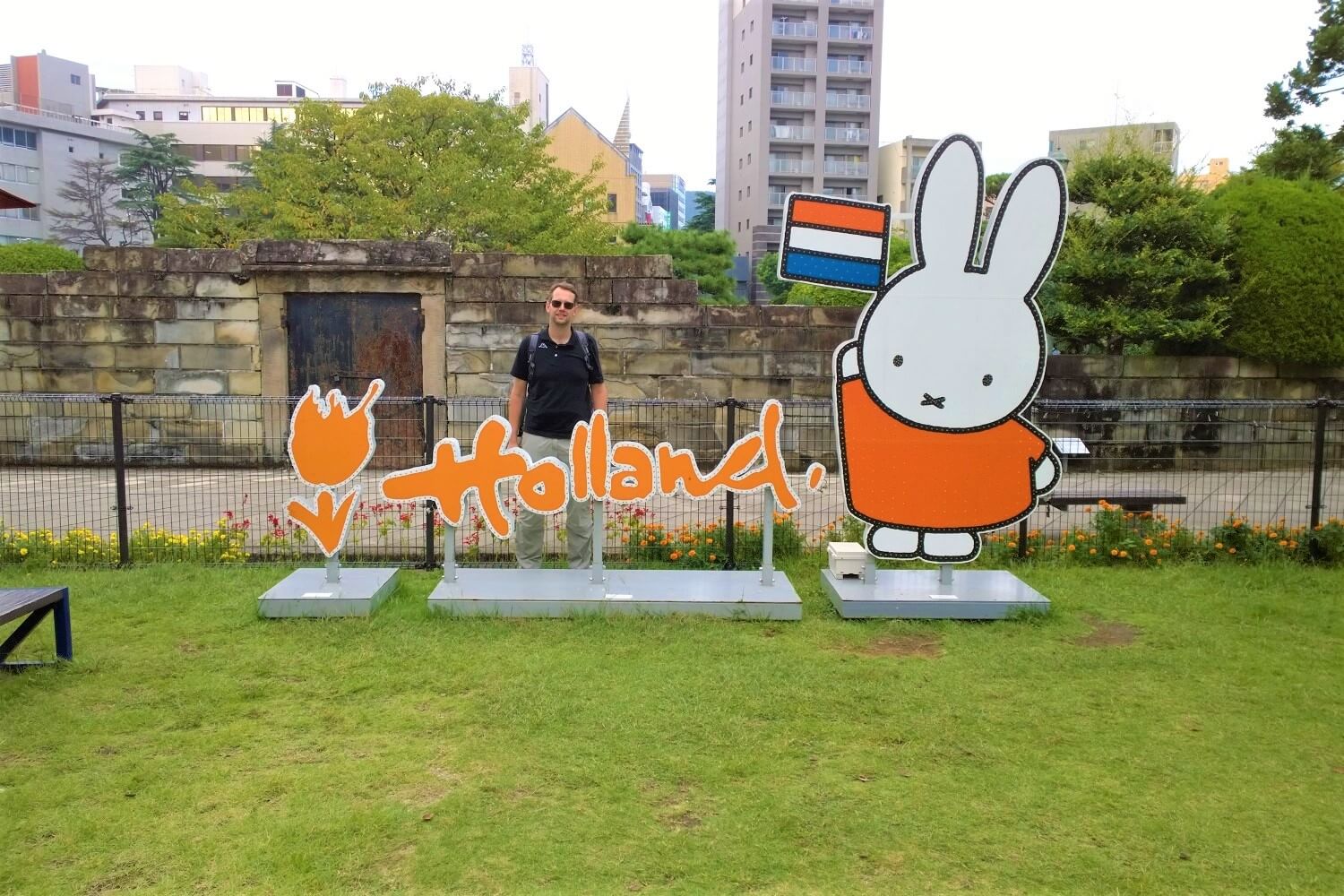
Practical information for a visit to Dejima in Nagasaki
How to get to Dejima?
Dejima is a 20-minute walk from Nagasaki’s main train station. Would you rather use public transport? Line 1 will take you from the station to Dejima Station in 7 minutes.
Opening hours?
Dejima is open every day from 8 am to 9 pm. A visit takes about 2 to 3 hours and costs 520 yen.
Maybe also interesting?
- Discover historic Nagasaki | Travel guide full of history, inspiration & tips
- The atomic bomb route, Nagasaki | 7 places that tell the story
- Discover historic Fukuoka | Travel guide full of history, inspiration & tips
Do you have more tips, ideas, or comments about Dejima in Nagasaki? Then feel free to leave a message below.
